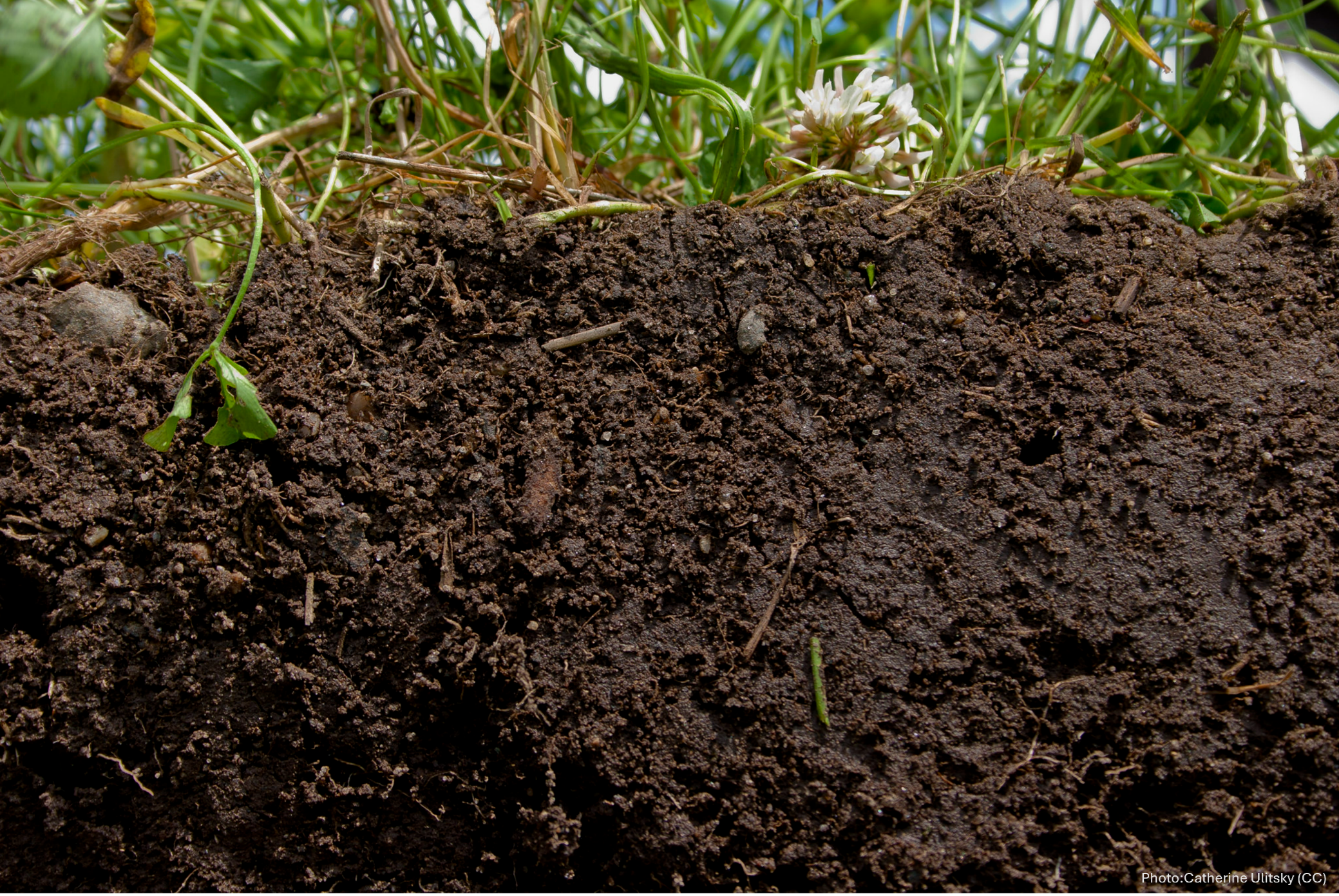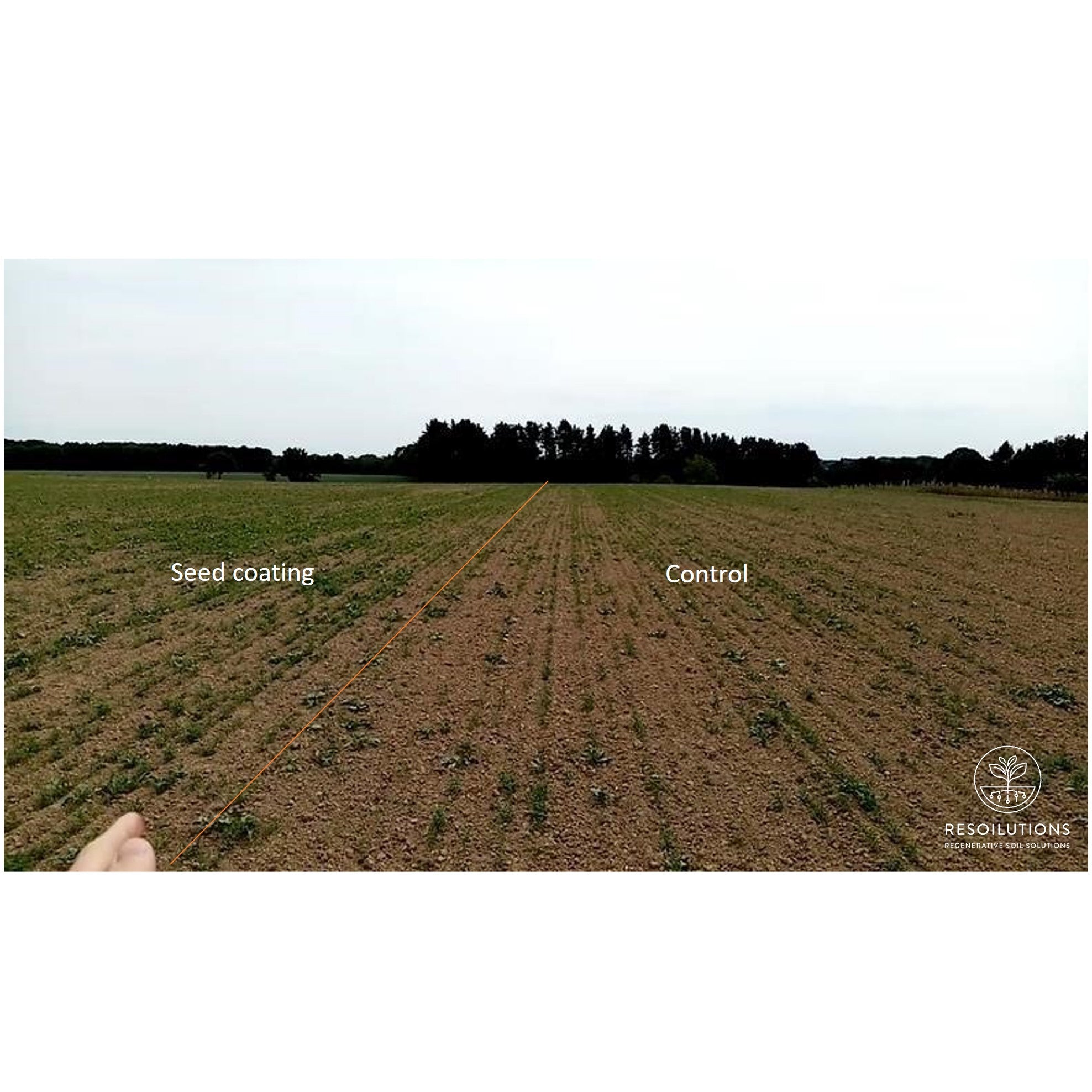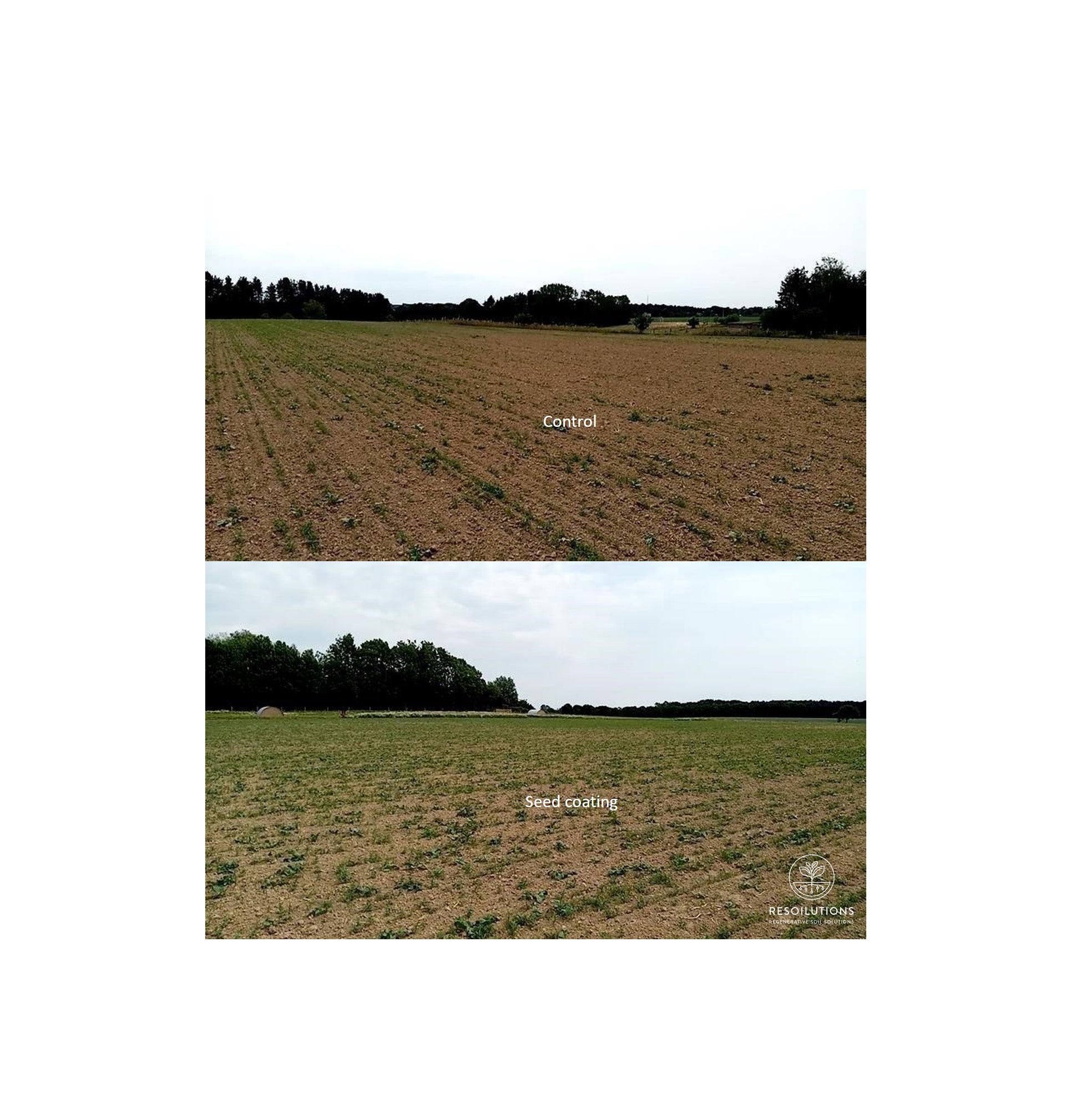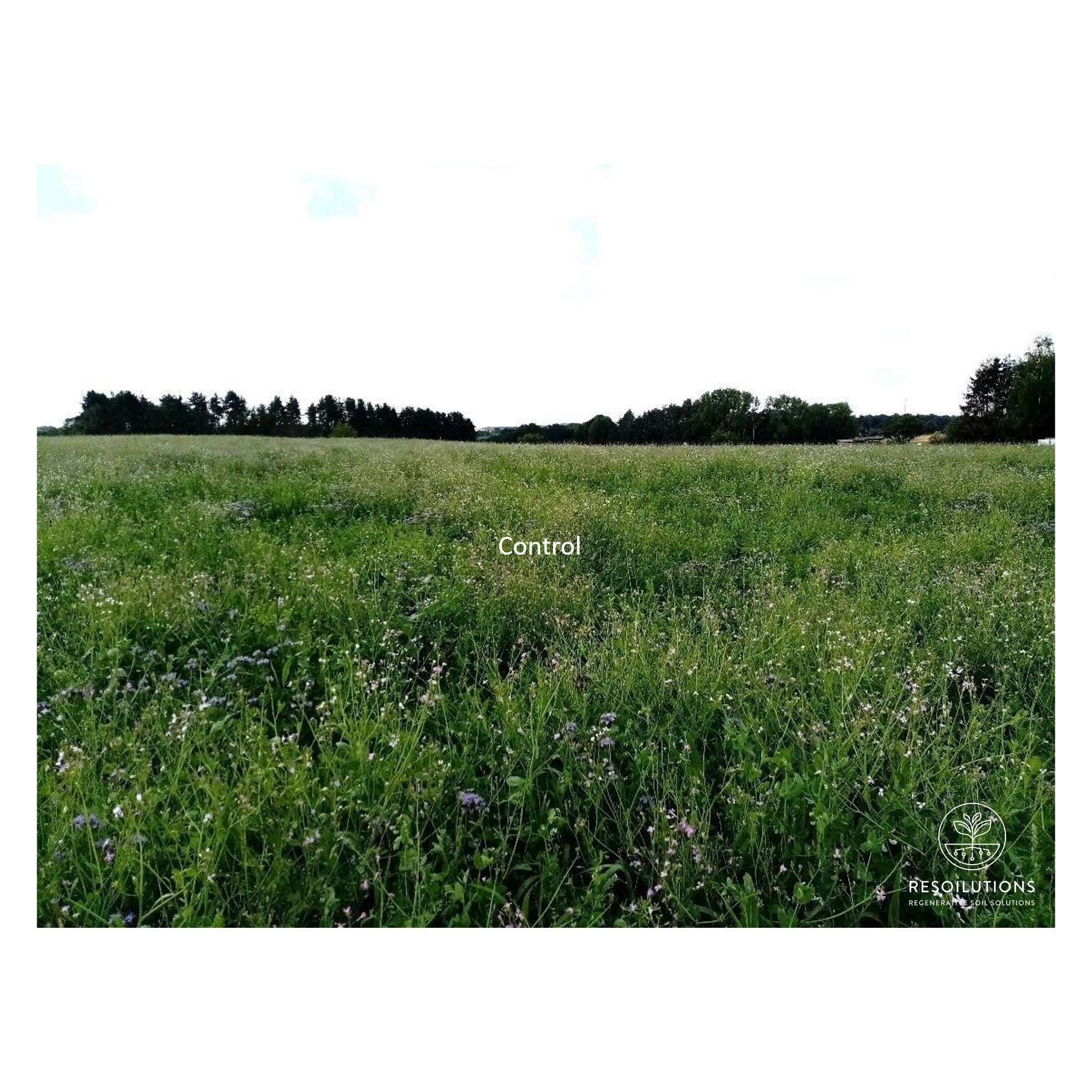One teaspoon of healthy soil contains more microbes than there are humans on Earth

Soil is alive!
Let's dig a little deeper...


Microbes build the soil
Microbes and especially bacteria stick the soil particles together and form microaggregates.

Fungi hold the soil particles together
Fungal hyphae connect those microaggregates and form macroaggregates. They will give the soil its structure.
Here you can see fungal hyphae holding the soil particles together, like mortar holding a brick wall.

Up to 80% of soil carbon comes from microbes
According to a study, microbes, and especially fungi, contribute significantly (up to 80%) to total soil organic matter.
If you want more organic matter in your soil, don't forget to help and support these wonderful creatures. Fungal rich compost for example can help reintroduce fungi into your soil.
Photo: Resoiler compost
(*)Basile-Doelsch et al. (2020)


Root colonization
Plants channel a massive amount of their energy through their roots to nourish microbes. These microbes then convert unavailable nutrients into plant-available nutrients.
Some microbes go a step further and enter the root itself; these are known as endophytes.
When roots are colonized by microbes, they develop a protective layer called rhizosheaths, which is what you can see on the picture. These layers help nourish the plant and shield it from pathogens.
How can we add microbes to our roots?

Microbe rich compost
1x Year maturation, 5x the nematodes, 10x the Fungi, 100x more Protozoa.

A whole ecosystem
>500 species of fungi
1000s of species of bacteria
Protozoa
Nematodes
The biology determines the quality of the compost
Microbe rich compost
-
 Sold out
Sold outMicrobe rich compost
€10,00Sold out
Our Results
Cover Crops
Doubling of above ground biomass

Cover crops
Resoiler Compost applied as a seed coating
Crops: Radish, field peas, moha, sorghum, alfalfa

Cover crops
30 days after planting

Cover crops
64 days after planting

Cover crops
64 days after planting

Total forage nutrition
75% more protein
127% more cellulose
109% more minerals mobilized


Barley
Yield increased by +4.3% by coating the seeds with 8L Resoiler compost/100kg of seeds.
Note the rhizosheat on the coated plants (left) compared to control (right).
Tomatoes
Variety San Marzano, first harvest
Increased yield on both harvests: +77%

Tomatoes
Variety San Marzano, second harvest
Increased yield on both harvests: +77%

Tomatoes
Variety Rio Grande, first harvest
Increased yield on both harvests: +72%

Tomatoes
Variety Rio Grande, second harvest
Increased yield on both harvests: +72%

How we did it
Resoiler compost as a substrate in growing trays
Left: 100% Barkmulch
Right: 50% Barkmulch, 50% Resoiler compost
Both received 70g of Maltaflor fertilizer
NPK levels for each treatment were similar

Special thanks
to Elsa Jeanjean and Hegau Solawi who conducted this research diligently.


Workshops
If you're excited to dive deeper into soil structure, soil biology, soil microscopy, composting, or agroforestry, give us a call!

Learn about soil microscopy, seed coatings, compost extracts and much more...

Our Mission
We are on a mission bring 150 tons of CO2 back into the soil in the next 3 years

